Discover The Easiest Way To Grow Anything In A Tent
5 Mins Read
Published on: 09 December 2022
Last Updated on: 09 November 2024
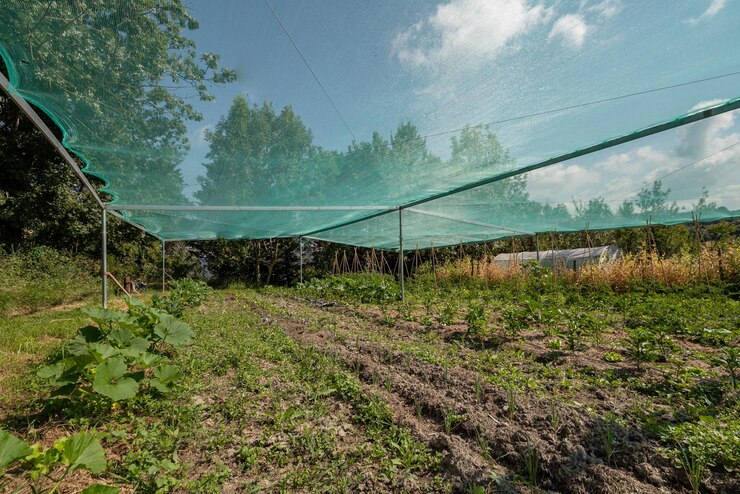
toc impalement
Growing plants is a rewarding experience and can be done anywhere, even in small spaces. But it’s not always easy to find the right environment and materials.
Fortunately, indoor tents are a great solution.
With an indoor tent, anyone can easily and quickly grow anything from flowers to fruits and vegetables without having to worry about external factors like weather or temperature.
Grow tents are the perfect solution for anyone looking to take advantage of a small space to start growing anything from vegetables to herbs, and flowers.
A grow tent is an enclosed structure that provides the ideal environment for plants to thrive and maximize their growth potential. These come in a variety of sizes and shapes, allowing you to choose one that best suits your needs.
With adjustable doors, windows and vents, you can easily customize the internal temperature and humidity levels inside your grow tent. The reflective material lining the walls ensures maximum light penetration while keeping out unwanted pests.
Growing in a Tent
Grow tents are becoming a popular choice for home gardeners and hobbyists alike. Whether you’re looking to grow vegetables, herbs, or flowers, a grow tent offers the perfect environment for growth.
Grow tents provide an enclosed space with light-proof walls to keep out pests and other elements that can harm plants. In addition, they can be customized based on the needs of each individual plant type. With the right setup, growing in a tent is easy and efficient.
Seeds or seedlings planted in an indoor grow tent will get all the natural light they need without any extra effort from you. The reflective sides of the tent will bounce the sunlight around, providing your plants with enough illumination throughout their entire life cycle.
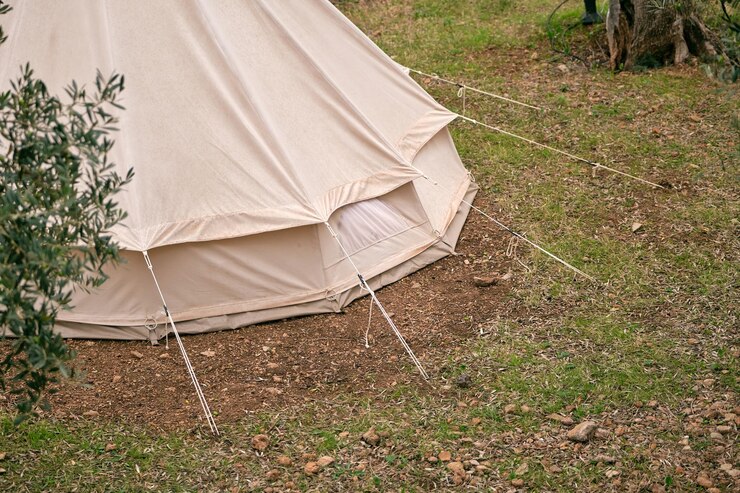
Step 1: Choose Your Tent
It’s an easy way to create the perfect environment for your plants, no matter what type of plant you are growing. The first step in creating this environment is selecting the right to grow tent.
When choosing a tent, it’s important to consider factors like size, material, ventilation needs, and cost.
The size will depend on the types of plants you are growing and how much space you have available in your home or garden; the material should be strong enough to last for years with proper care; ventilation requirements will vary depending on the light intensity, humidity, and temperature control; and cost should reflect good quality construction that will offer years of service.
With careful consideration of these factors, selecting the right grow tent can be made easier.
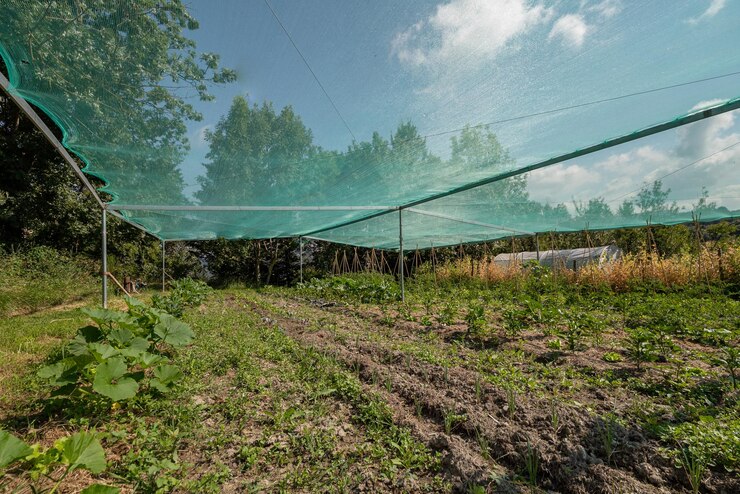
Step 2: Set Up Lights & Fans
Setting up the grow tent and getting it ready for planting is an important part of growing anything in a tent. Without proper lighting and ventilation, your plants won’t be able to reach their full potential.
Luckily, setting up lights and fans for your grow tent is easy – all you need are a few basic supplies.
When it comes to lighting, LED lights are the best option because they generate less heat than traditional HID bulbs. You’ll also want to install a fan or two to provide enough air circulation inside the tent to prevent mold growth and help keep temperatures regulated.
Make sure you purchase one or two with adjustable speeds so you can adjust the airflow as needed. Once these items are installed, your grow tent should be good to go!
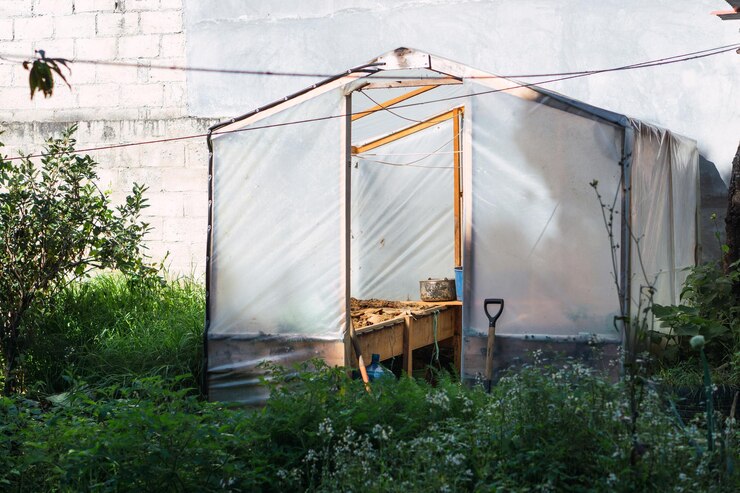
Step 3: Install the Growing Medium
Growing a plant in a tent is one of the most efficient ways to ensure healthy growth.
Step three of this process is installing the growing medium, which is the material that provides support for your plant’s roots and permeates water, air, and nutrients for optimal growth. It’s important to select the right kind of medium because it will directly impact how well your plants grow.
For those just starting out with their grow tent setup, soil-less growing media such as coco coir or Rockwool are generally easier to use than more complex systems like hydroponics.
Coco coir mimics natural soil while also providing superior drainage and aeration due to its light texture and high porosity levels. Rockwool offers great insulation properties, allowing you to adjust temperatures according to your needs without having an excessive amount of energy loss.
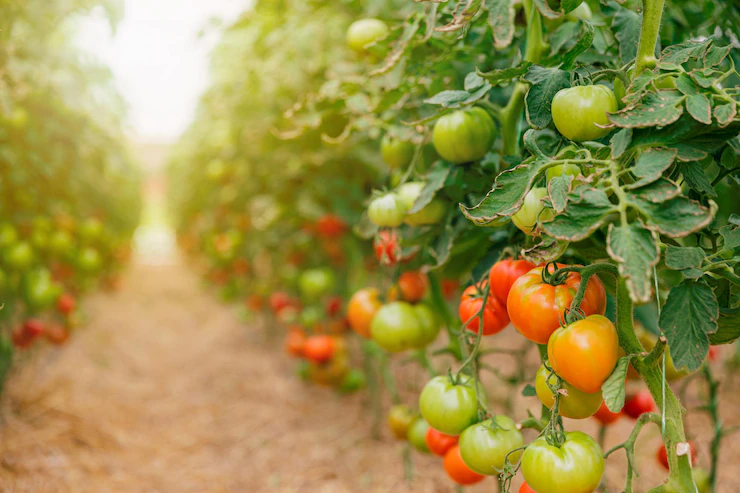
Step 4: Monitor Temperature & Humidity
Grow tents are an essential tool for creating a controlled environment to grow anything indoors. With the right steps and preparation, you can easily create a successful indoor garden.
Step 4 of the process is Monitor Temperature & Humidity in your Grow Tent. This requires monitoring both environmental factors as they have direct effects on plant growth and health.
By monitoring temperature and humidity levels, you can ensure your plants receive adequate air circulation, light exposure, as well as nutrients from their growing medium.
Too much or too little of either can cause unhealthy conditions that may harm your plants’ development or even kill them entirely.
To monitor temperature and humidity in your grow tent, you need a thermometer/hygrometer combination device designed to measure both accurately in real time with maximum precision.
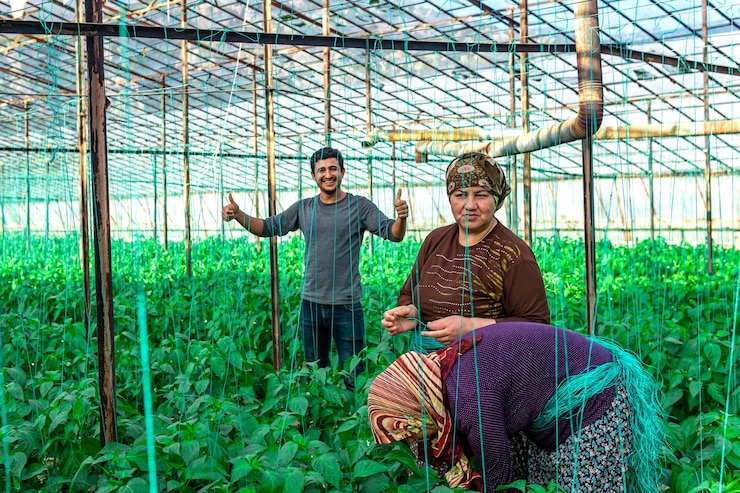
Step 5: Get Planting!
Are you ready to start growing your own fruits, vegetables, and herbs? With the right equipment and a bit of know-how, anyone can have their own garden in no time.
Grow tents are an increasingly popular way of cultivating plants indoors and it is easy to get started with just a few simple steps. Step five – getting planting – is one of the most exciting and rewarding parts of setting up an indoor grow tent.
The first step to success is choosing the right seeds for your particular growing needs.
Consider what types of plants you would like to grow, how much space you have, and any other factors that will affect the kind of growth you want from your plants. Once this has been established, all that’s left to do is the prep up the soil, fill it into pots or trays and sow your seeds!
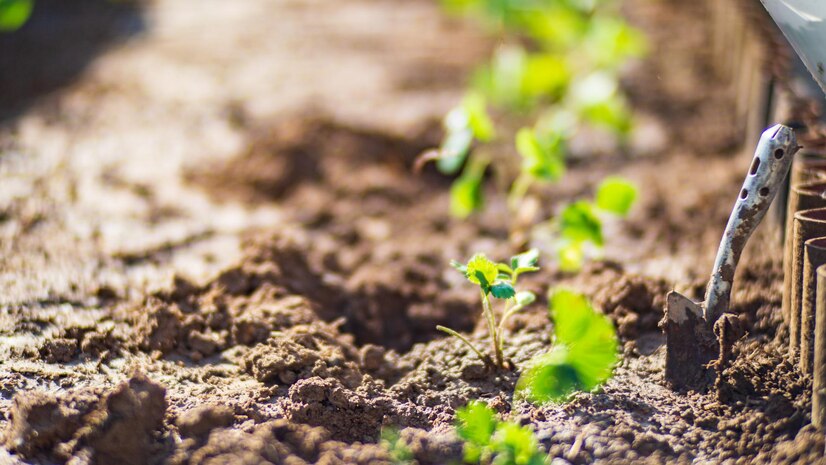
Conclusion: Enjoy Your Plants
In conclusion, growing anything in a tent is an easy and cost-effective way to have a garden and produce your own food at home.
With careful planning, you can create the perfect indoor environment for any type of plant.
It would help if you also were sure to keep an eye on the temperature, humidity, light intensity, and other factors that can affect the growth of your plants. By taking all these aspects into consideration, you can expect successful results in your tent garden.
Additional:


















Comments Are Closed For This Article